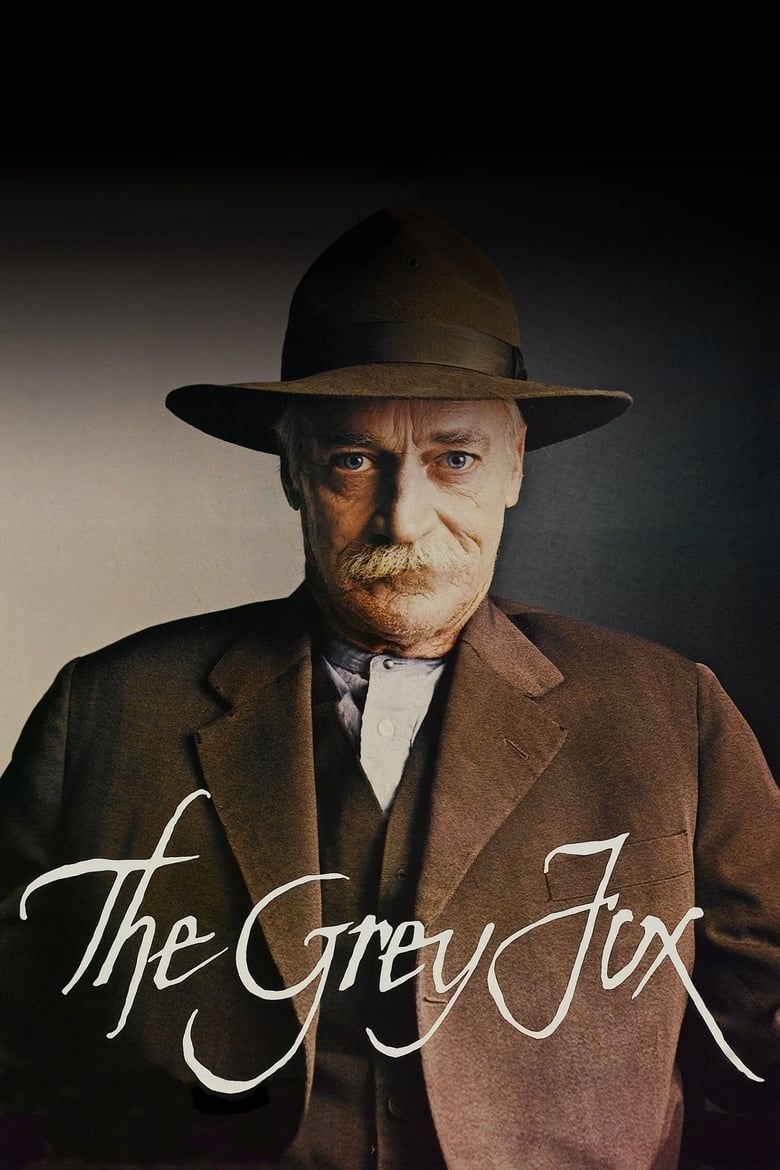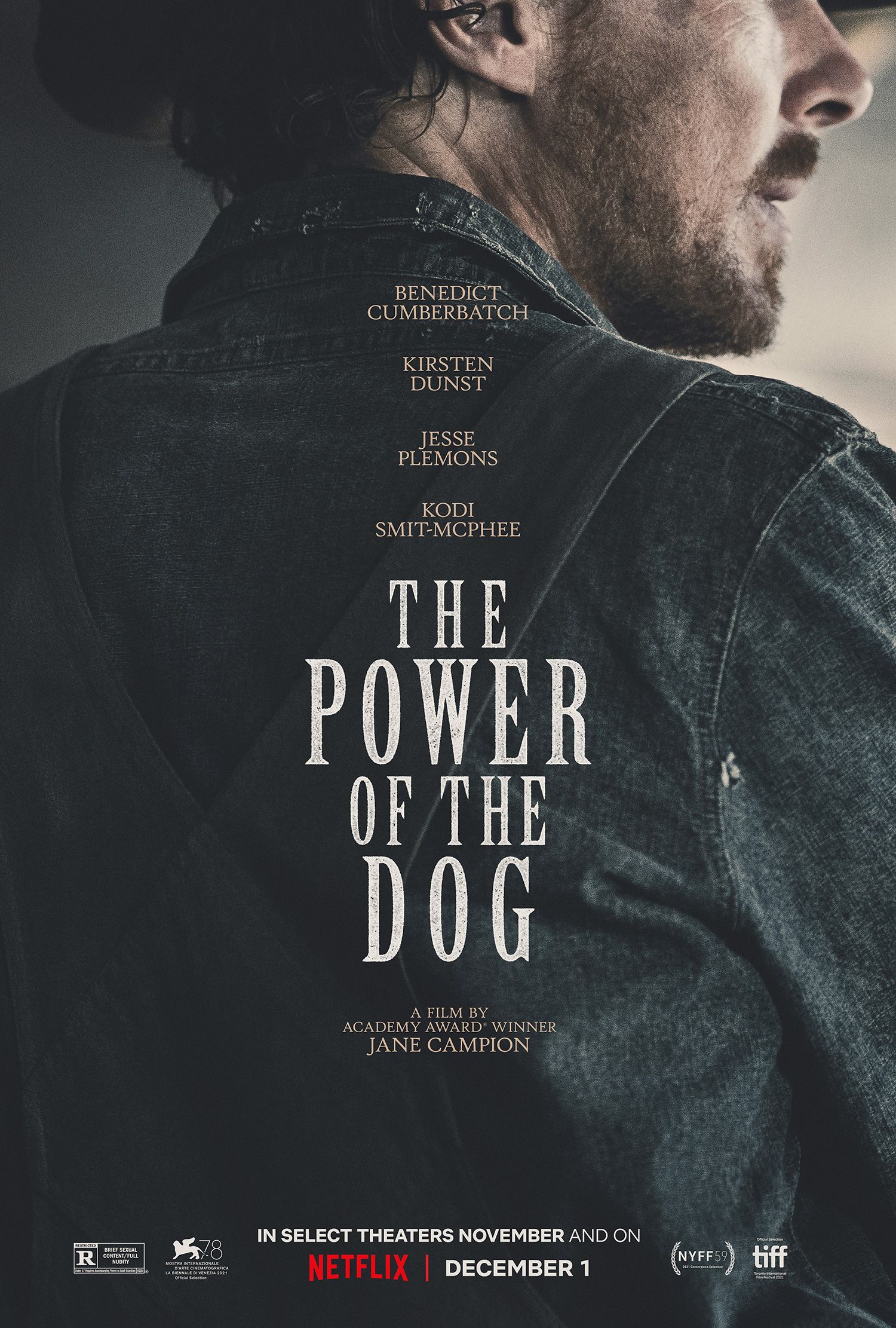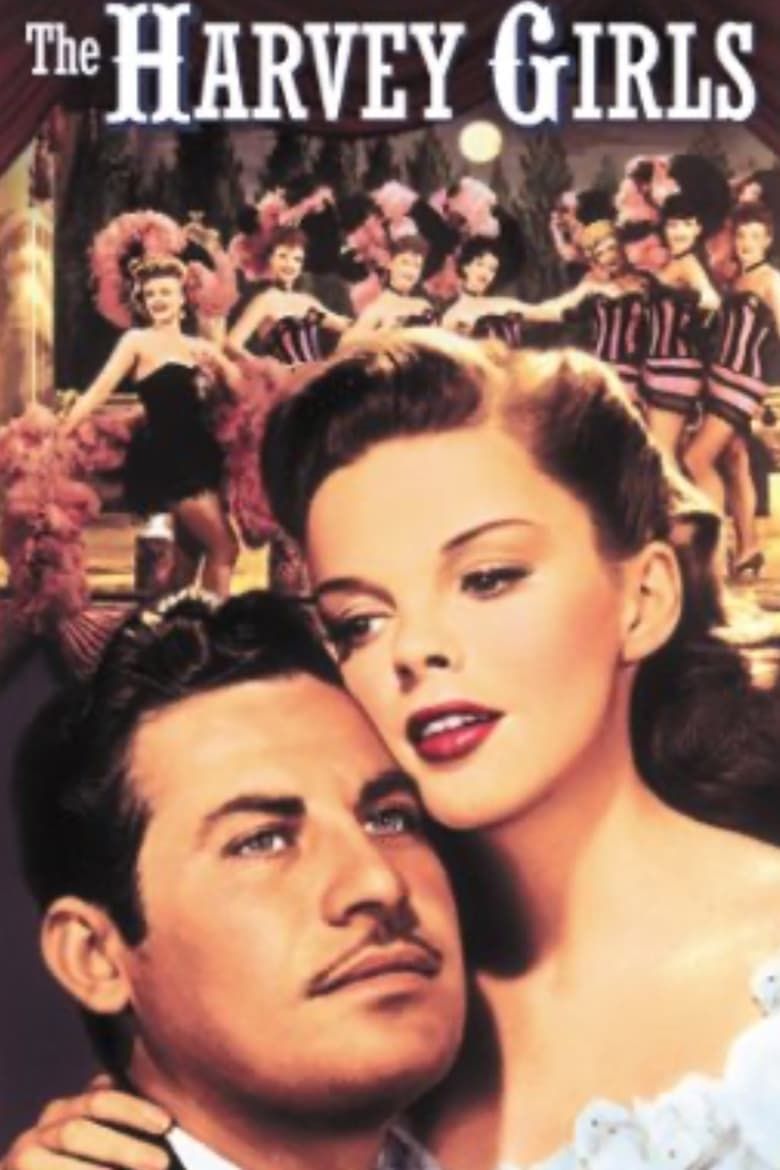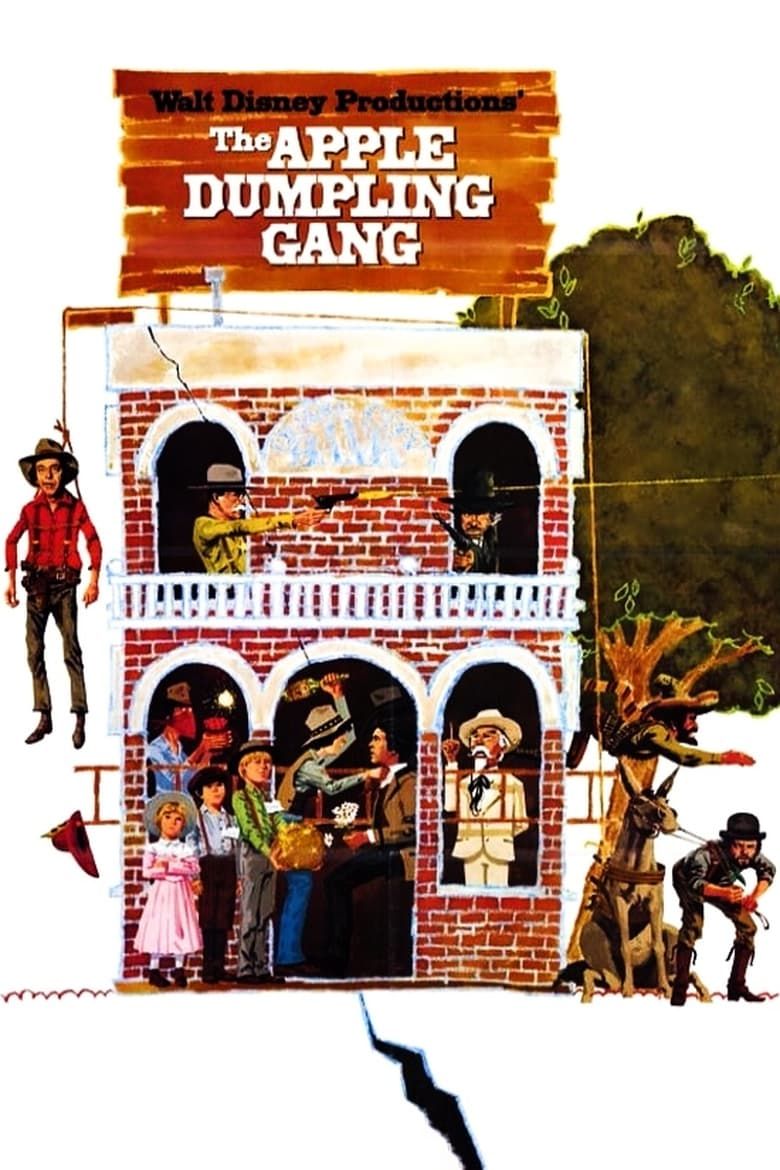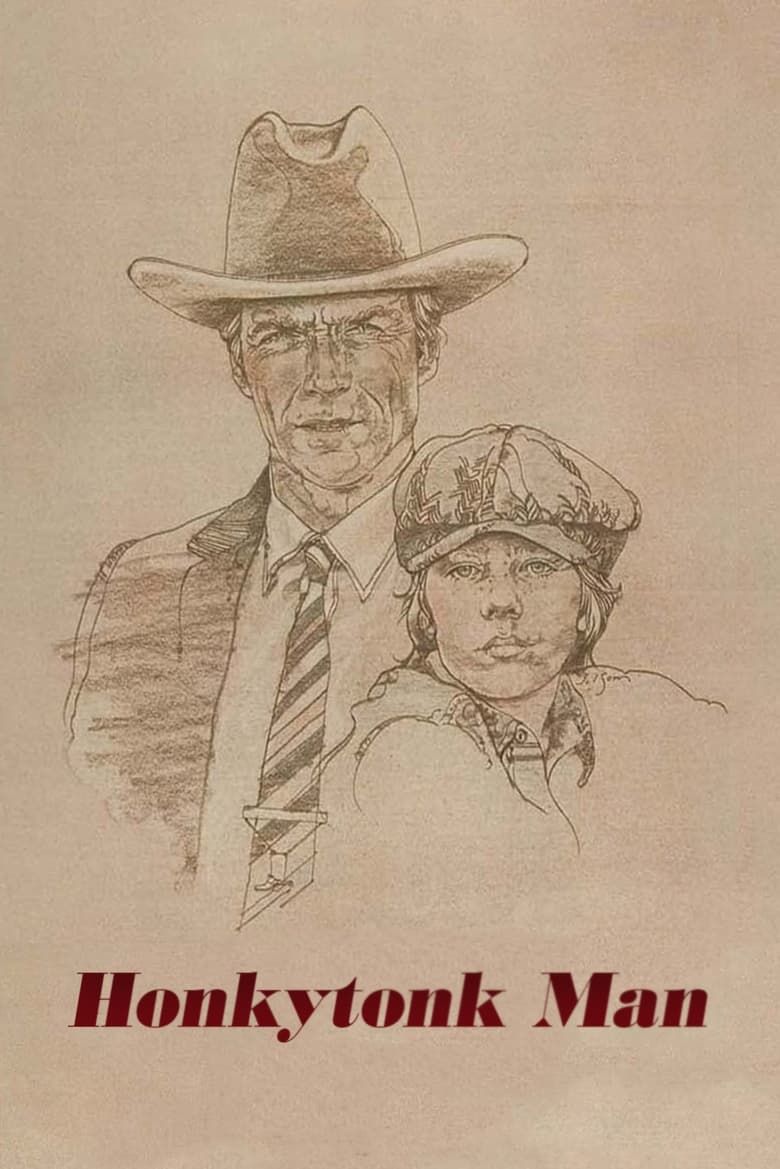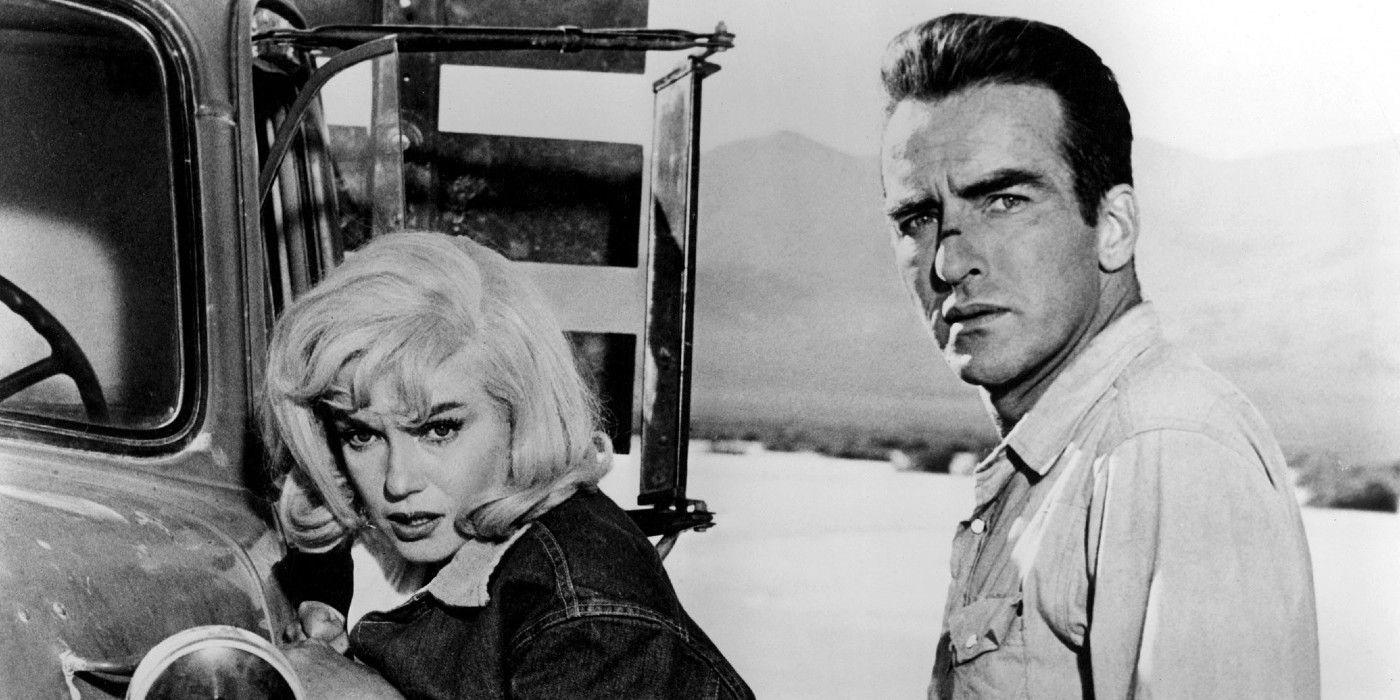It’s no secret that Western movies are defined by their action scenes and explosive violence. It’s a mainstay of the genre since shootouts and saloon brawls make their way into almost every project that can be considered a Western. However, just as there are many great Westerns where the hero isn’t a gunslinger, there are movies that include little to no violence at all. Finding a Western with no violence is difficult, and many have at least the threat of implied violence. However, these films successfully prove that stakes and conflict can be just as compelling without physical force.
Many of these films fall into the category of the best musical Westerns since there are a surprisingly high number of movie musicals set in the Old West. Additionally, comedies and light-hearted projects are all typically non-violent, with moments of action being played for laughs and characterized as low stakes. However, there are even more dark and dramatic Westerns that understand how violence can sometimes be overkill and that intense themes can be communicated just as effectively with silence and stillness.
10 McLintock! (1963)
Directed by Andrew V. McLaglen
Although McLintock! isn’t a John Wayne movie that defined his career; it’s always fun to see the rugged hero take on a staring role in a comedy. Wayne is joined by his frequent collaborator Maureen O’Hara as a pair of quarreling spouses who can’t seem to agree on anything, especially their daughter’s future. At its core, McLintock! is a family drama with several love plots and misunderstandings that will connect with modern audiences.
For its many flaws, the characters in
McClintock!
rarely resort to violence to work out their problems, instead choosing to diffuse situations with their words.
There are issues with the movie, as the gender dynamics and overt sexism throughout the story are uncomfortable and outdated. Additionally, McLintock! touches upon the discrimination imposed upon Indigenous Americans during this period but doesn’t do much to push back on the stereotypes and issues that they faced. However, for its many flaws, the characters in McClintock! rarely resort to violence to work out their problems, instead choosing to diffuse situations with their words.
|
Title |
Rotten Tomatoes Critic Score |
Rotten Tomatoes Audience Score |
|
McLintock! (1963) |
57% |
85% |
9 The Grey Fox (1982)
Directed by Phillip Borsos
One of the best things that Western movies do is interrogate the themes that early additions to the genre perpetuate, like the archetype of the lone-wolf hero. Similarly to classics like Unforgiven, The Grey Fox looks at the fate of one of the last vestiges of this ideology, trying to adapt to old age and the changing world. Based on the real story of the man Bill Miner, The Grey Fox stars Richard Farnsworth as Miner in the time after he’s released from prison and wants to pull off one last heist.
Of course, there can never be just one more job to pull, and The Grey Fox sees Miner succumb to his fate and his nature even when he tries to fit against it. However, even though The Grey Fox follows the planning and execution of a caper, Miner has no interest in violence or cruelty; he’s after the thrill of the chase. A Canadian Western, The Grey Fox is too often overlooked even though it questions the West and presents interesting questions about its heroes before many other films.
|
Title |
Rotten Tomatoes Critic Score |
Rotten Tomatoes Audience Score |
|
The Grey Fox (1982) |
100% |
78% |
8 The Power Of The Dog (2021)
Directed by Jane Campion
Jane Campion paints a tragic and interrogative portrait of the West and its impact on American masculinity and violence in The Power of the Dog. While there are moments of cruelty and brutality, overt violence isn’t the way that harm is caused throughout the film. It only takes an instant for the characters to inflict pain on each other, and this is through words as well as planned sabotage. However, internal strife is exposed through violence against animals throughout the film.
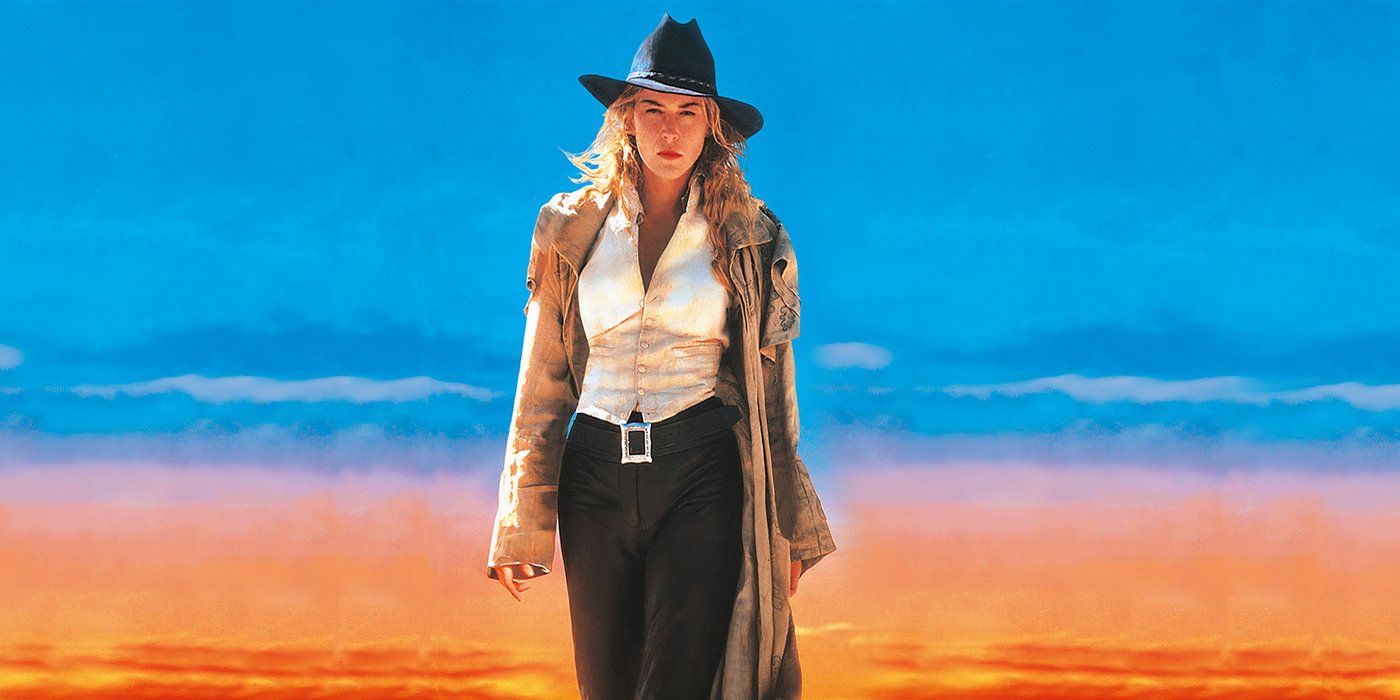
Related
10 Great Westerns With Women In Leading Roles
Traditionally, the Western genre has been dominated by male actors, but there are many top-tier Westerns with a woman in the leading role.
Benedict Cumberbatch is at his best as Phil, with the ensemble cast of Kirsten Dunst, Jesse Plemons, and Kodi Smit-McPhee all providing incredible performances. Campion proves once again that she understands how sadness and devastation can come in small, silent moments and that Westerns are about much more than public brawls. Each of the characters is trapped and suffocated by the rules and expectations of their society, leading to horrible actions in the name of the desire to be accepted.
|
Title |
Rotten Tomatoes Critic Score |
Rotten Tomatoes Audience Score |
|
The Power of the Dog (2021) |
94% |
76% |
7 The Harvey Girls (1946)
Directed by George Sidney
The Harvey Girls is one of Judy Garland’s best movies, as the young actress shines with the emotionally impactful blend of cheer and vulnerability she brings to every role. A musical, The Harvey Girls, follows Garland’s Susan, a young woman who travels into the heart of the West to marry the man she’s been writing to. While the love story at the heart of The Harvey Girls is one of the biggest thrusts of the plot, the movie is surprisingly focused on the lives of the young women she meets along the way.
The Harvey Girls treats the young women in the film with respect and gives them agency to choose their own destinies and fight for the lives they want. This contrasts sharply with the way women are typically treated within the Western genre and makes The Harvey Girls a refreshing take. All of these positive thematic choices are accompanied by gorgeous sets and costumes and the clear nostalgia and love for the idea of the Old West that so many older movies share.
|
Title |
Rotten Tomatoes Critic Score |
Rotten Tomatoes Audience Score |
|
The Harvey Girls (1946) |
100% |
83% |
6 Paris, Texas (1984)
Directed by Wim Wenders

Paris, Texas is a film directed by Wim Wenders, featuring Harry Dean Stanton as Travis Henderson, a man who reappears after being missing for four years. The story follows Travis as he attempts to reconnect with his young son and estranged wife, exploring themes of memory, family, and redemption. The film was awarded the Palme d’Or at the 1984 Cannes Film Festival and remains revered in arthouse cinema.
- Director
- Wim Wenders
- Release Date
- August 23, 1984
- Writers
- L.M. Kit Carson , Sam Shepard , Walter Donohue
- Cast
- Harry Dean Stanton , Nastassja Kinski , dean stockwell , Sam Berry , Bernhard Wicki , Aurore Clément , Claresie Mobley , Hunter Carson
- Runtime
- 145 Minutes
One of the greatest neo-Western movies of all time, Wim Wender’s Paris, Texas, discusses the modern interpretation of the West, with Harry Dean Stanton’s seminal performance as Travis, the project’s anchor. Vividly filmed and imagined, Paris, Texas, feels as if the viewer has stepped directly into the lonely and disenfranchised corners of the West where the legend of the cowboy has been forgotten, and all that’s left is the fight to keep living. Travis’s silence throughout the first half of the film and his transformation by the end reflect Wender’s messages about how the idea of the West has changed.
Violence isn’t necessary in
Paris, Texas
, as it’s the absence of action throughout the film that makes the emotional beats hit so hard.
Violence isn’t necessary in Paris, Texas, as it’s the absence of action throughout the film that makes the emotional beats hit so hard. Discussions of past cruelty come up throughout Paris, Texas, as Travis is not the perfect hero of the past, but a morally gray figure with many flaws. However, Paris, Texas, leaves the viewer with hope for the future and the sense that life’s worst moments can be recovered from.
|
Title |
Rotten Tomatoes Critic Score |
Rotten Tomatoes Audience Score |
|
Paris, Texas (1984) |
94% |
93% |
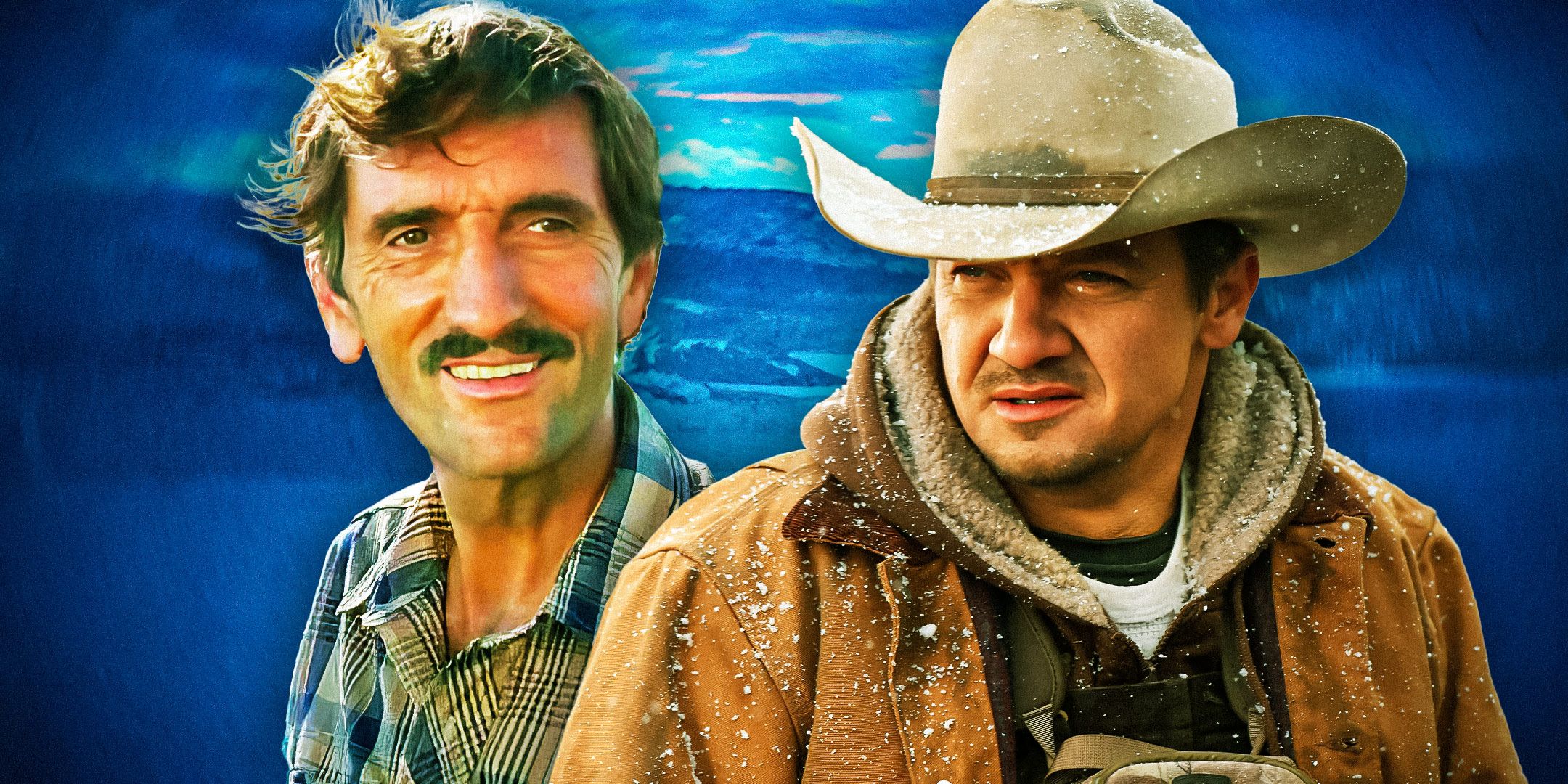
Related
10 Best Neo-Westerns Ever Made
Neo-Westerns take the style and conventions of the Western genre and recontextualize them for modern viewers with often dark and existential themes.
5 Paint Your Wagon (1969)
Directed by Joshua Logan
It’s surprising to see Clint Eastwood in a musical, but the Western actor holds his own in the project alongside Lee Marvin and Jean Seberg in Paint Your Wagon. Though it’s not the best movie-musical of all time, the songs are catchy and interesting, and Paint Your Wagon takes on nuanced themes and topics in its story. Seberg’s Elizabeth doesn’t allow herself to be treated as property by the men in the film, and she and the two male leads, Ben (Marvin) and Pardner (Eastwood), even form a polyamorous relationship for a time.
The issues of the idea of civilized society and what the rules of this collective should be are at the forefront of Paint Your Wagon.The movie shows both the positives and negatives of a growing community but doesn’t utilize action-packed fight scenes where the characters air out their grievances. In even the most difficult moments, most characters take their losses easily and are more than willing to share resources to get by in the West.
|
Title |
Rotten Tomatoes Critic Score |
Rotten Tomatoes Audience Score |
|
Paint Your Wagon (1969) |
43% |
68% |
4 Meek’s Cutoff (2010)
Directed by Kelly Reichardt
Meek’s Cutoff
- Director
- Kelly Reichardt
- Release Date
- September 5, 2010
- Writers
- Jonathan Raymond
- Cast
- Paul Dano , Bruce Greenwood , Shirley Henderson , Neal Huff , Zoe Kazan , Tommy Nelson
- Runtime
- 104 minutes
Meek’s Cutoff is an underrated Western from the 2010s, starring Michelle Williams in one of her most compelling roles. There are a few moments of small violence as the characters in the film begin to grow desperate after becoming lost in the desert during their journey West. This trip across the U.S. was one that many homesteaders took, and many fell victim to its perils. Meek’s Cutoff explores what might have happened to a company of travelers who begin to turn on each other and the people they come across.
A large plot point is the women in the group realizing that they cannot rely on their husbands or be coerced by the men into falling deeper into the already dire situation.
At times, Meek’s Cutoff has a slow pace, but this is purposeful, as it communicates the desperation and frustrations of the characters in their situation. Due to their isolation and the scarcity of resources, violence becomes practically pointless, as none of the characters have anything of value. A large plot point is the women in the group realizing that they cannot rely on their husbands or be coerced by the men into falling deeper into the already dire situation.
|
Title |
Rotten Tomatoes Critic Score |
Rotten Tomatoes Audience Score |
|
Meek’s Cutoff (2010) |
86% |
53% |
3 The Apple Dumpling Gang (1975)
Directed by Norman Tokar
While not all Western comedies abhor violence, The Apple Dumpling Gang does and is a great movie for the whole family to watch. Though many of the characters are initially driven by greed, this slowly changes throughout the film as the protagonists grow to care for the group of orphans that fall into their care. Like many great Westerns, The Apple Dumpling Gang involves a gold mine and the race to claim ownership of it.
However, The Apple Dumpling Gang proves that there are things in life that are much more valuable than gold. Utilizing slapstick humor and many convoluted plots, The Apple Dumpling Gang isn’t one of the best-remembered live-action Disney films from this period, but it’s fun to look back on today. The Western is a great setting for a buddy comedy, and The Apple Dumpling Gang has plenty of pitfalls and gags without using overt violence.
|
Title |
Rotten Tomatoes Critic Score |
Rotten Tomatoes Audience Score |
|
The Apple Dumpling Gang (1975) |
56% |
60% |
2 Honkytonk Man (1982)
Directed by Clint Eastwood
One of the many movies that Clint Eastwood directed and starred in, Honkytonk Man also features his son, Kyle Eastwood. Eastwood plays an ailing country singer trying to make his mark on the world. This conceit isn’t dissimilar from Eastwood’s later explorations of aging and legacy. For a musical, Honkytonk Man is bittersweet, bordering on melancholy, as Eastwood’s character, Red, never gets to see his dream realized while he lives.
It’s Eastwood’s willingness to step outside his comfort zone with projects like
Honkytonk Man
that has cemented his legacy.
Scenes of violence would be unexpected and out of place in Honkytonk Man, which is a slow and deliberate exploration of the American Southwest and its music. There’s clear love and respect for the places and cultural identities that Eastwood touches upon in Honkytonk Man, and this is what made the movie a success with critics, even if it wasn’t a smash at the box office. However, it’s Eastwood’s willingness to step outside his comfort zone with projects like Honkytonk Man that has cemented his legacy.
|
Title |
Rotten Tomatoes Critic Score |
Rotten Tomatoes Audience Score |
|
Honkytonk Man (1982) |
93% |
74% |
1 The Misfits (1961)
Directed by John Huston
The storied legacy of The Misfits has made it an unforgettable addition to the Western genre. Starring Marilyn Monroe, Clark Gable, and Montgomery Clift, The Misfits might not have initially connected with audiences in the early ’60s but is now considered one of the best Westerns of the period. This is largely thanks to the incredible work of the cast, who all give deeply moving and vulnerable performances through their flawed and struggling characters.
There are some terrifying stunts, and much of the film revolves around chasing down mustangs, but violence between people isn’t part of The Misfits. Long before the Western genre was being reevaluated and growing more complex, The Misfits created unforgettable characters who are richly intertwined with the legacy of these types of films. The Misfits tells a complex story that has many happy moments but is plagued by the melancholy and uncertainty of the period and genre.
|
Title |
Rotten Tomatoes Critic Score |
Rotten Tomatoes Audience Score |
|
The Misfits (1961) |
97% |
78% |



